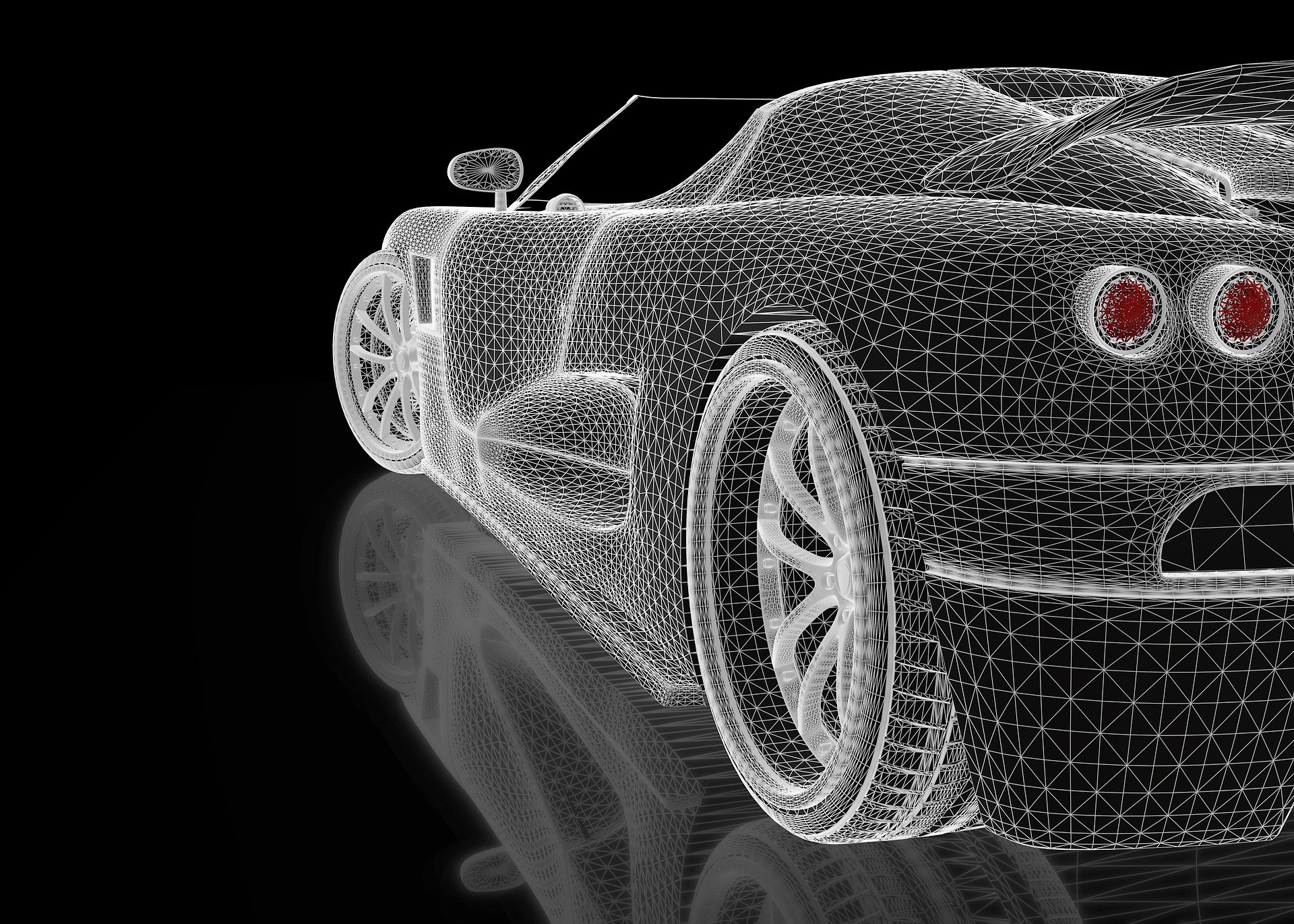Electric vehicles are swiftly becoming reality as more automakers are choosing to jump on board with manufacturing and testing their own models. As with any pioneering technology, other new technologies must follow, and this includes new methods of testing and measurement. National Instruments is at the front of the pack with innovative products that can be easily adapted for use with electric vehicles.
This was revealed recently in three test cases where NI software and hardware components were used to build customized integration solutions for testing different powertrain elements of electric vehicles. Three differing scenarios, NI, and other NI vendors providing turnkey solutions.
Signal-Level Hardware-in-the-Loop (HIL) Inverter Test
This test case involved testing hybrid electric motors and inverters by creating a closed-loop simulator, instead of using a dynamometer. Many testing environments feature a dynamometer in a fixed setting due to their physical limitations, like size and weight. Any motor and electrical model must be brought to the test area and connected to the dynamometer for any test sequences. This is often time-consuming and not practical.
Using a test simulator allow for more portability, moving the testing equipment across the design and production area to perform test in various locations and at different stages of development. This helps companies speed up testing and development processes and achieve faster time-to-market goals. In today’s fast-paced business environment, these factors are critical to maintaining profitability.
The NI Solution
The customized solution for this test case from NI involved using the following components:
- NI PXI Framework
- NI CompactRIO Hardware
- FPGA programmable ICs from Xilinx
FPGAs are integrated circuits that can be programmed for different functions after manufacturing. Users can program them to replicate or create test situations using electronic modeling environments like Powersim, NI Multisim, and swMATH, among others. NI is actually partnering with OPAL-RT Technologies to produce NI FPGA modules that readily plug into the PXI system so auto manufacturers can more easily create custom simulators for electric motors and HIP inverters.
Subaru representative Tomohiro Morita declared, “By adopting FPGA-based simulation using the NI hardware and software platforms, we achieved the simulation speed and model fidelity required for verification of an electric motor ECU. We reduced test time to 1/20 of the estimated time for equivalent testing on a dynamometer.”

Image Credit: Pixabay
EV Battery Pack/Module Test
This test case involved creating a customized solution for testing various battery configurations for electric vehicles, focusing on how they endure and respond in different temperature environments. Depending on where a battery is located, and where the vehicle is used, batteries can be subjected to extreme variations of hot or cold temperatures. These tests would reveal key data relating to battery life, efficiency, and overall safety.
These testing scenarios require the use of bulky thermal chambers with variable heat and cold controls. These test setups could not be easily programmed to simulate various real-world environments. Moreover, acquiring accurate test data during the testing phases was limited.
The NI Solution
NI devised a test solution utilizing battery test software that could be programmed with predefined configurations and drivers to simulate different conditions and equipment. The conditions created by the thermal chambers could be electronically enhanced and controlled using SystemLink™ Software.

Image Credit: Pixabay
Battery Management System (BMS) Test
In this test case, the key electronic control systems for different electric vehicle batteries are tested, regarding how they communicate to the vehicle’s ECU and other components. This includes load testing, fault monitoring, temperature resistance, and crucial safety functions.
Combining various combinations of batteries, ECUs, and other components would be complicated and time-consuming, as well as waste valuable space. A complex system of computing would also be required to adequately identify, measure, manage, and record all the incoming data from various batteries and modules.
The NI Solution
Partnering again with OPAL-RT Technologies, NI based this solution on the PXI CAN interface and VeriStand software. OPAL-RT provided models and help with integration, and Comemso provided help with simulating different battery electrical properties and characteristics, also known as battery emulation.
Using the combined test components from these vendors, users can simulate a variety of battery types, create different scenarios using varied discharge characteristics, use other vendor equipment, and execute testing in real-time. Forget juggling and connecting real batteries in possibly dangerous configurations and environments. Everything is handled electronically in simulation.

Image Credit: Pixabay
Julie Darrah, Senior Engineer, IAV Automotive Engineering, said, “Testing a BMS in real-time is not a very high technical challenge in terms of real-time simulation, but the safety and reliability, repeatability of tests, flexibility, and openness of the solution made the full difference for us.”
These test cases are just three examples of how NI solutions for the automotive industry are moving our world forward. Go to ni.com/automotive for more information.







